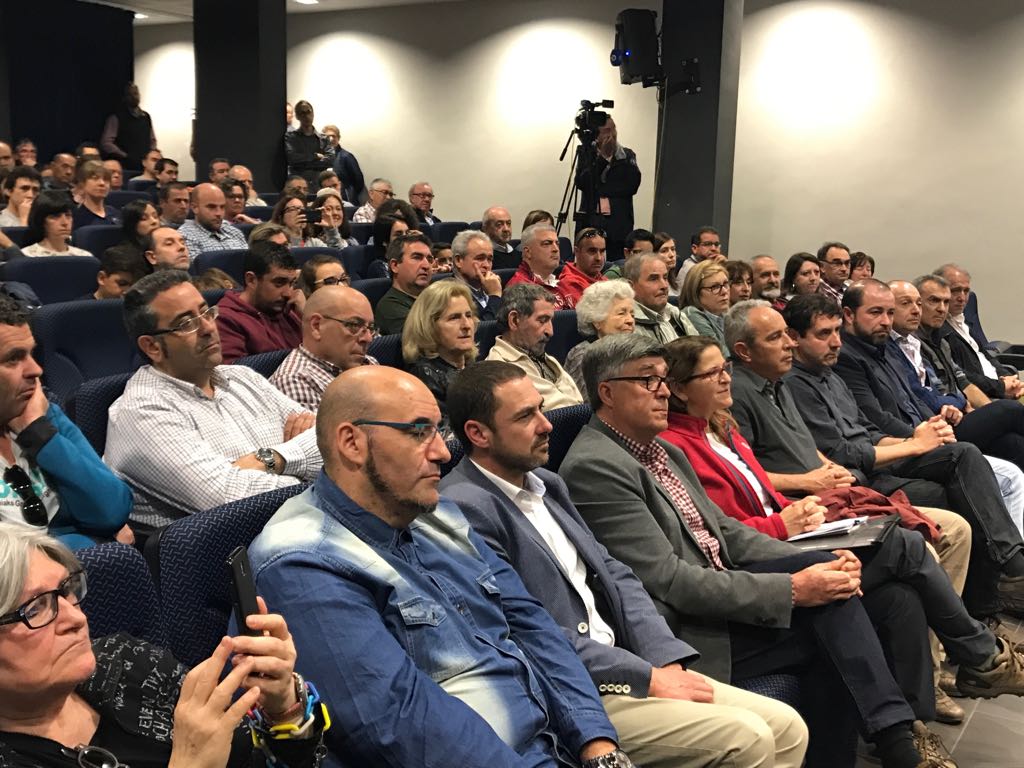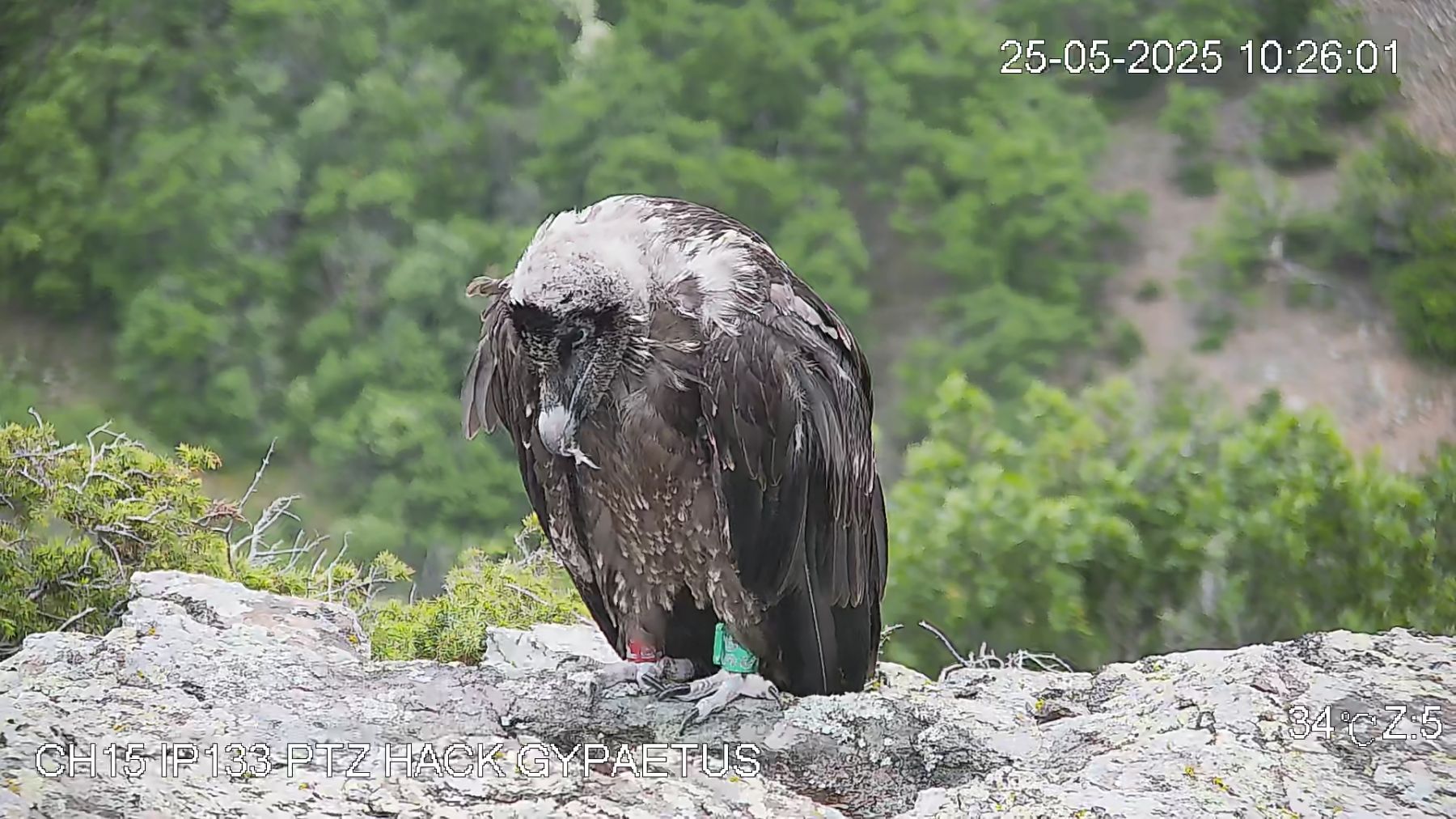
The new bearded vulture reintroduction project in the Maestrazgo region, which has been in preparation for years, got its official kick-off in style a few weeks ago when Mrs. Elena Cebrían Calvo, the Minister for Agriculture, Environment, Climatic Change and Rural Development of the Autonomous Community from Valencia (Spain) visited the Natural Parc from Tinença de Benifassà to present publicly the project to local stakeholders and authorities.
The new reintroduction project in Maestrazgo is led by the Generalitat of Valencia, in collaboration with the Autonomous Communities from Aragón and Catalonia, the Spanish Ministry of Agriculture, Fish, Food and Environment and the VCF. Its goal is to establish a wild breeding population in the region as bridge between the Pyrenean autochthonous and the Andalusia reintroduced populations, similar to what the LIFE project GypConnect is aiming to achieve between the Pyrenees and Alps. The Maestrazgo regions is regularly visited by several individuals released in Andalusia and historically there was a breeding population of this species.
The project will be based on reintroduction of nestlings coming from the Bearded Vulture European Endangered Species Programme (EEP), coordinated by the VCF, which will be released with the hacking method. The first release of nestlings will happen this year – on the 29th May, when the first two birds will be released in the Natural Parc from Tinença de Benifassà, where a hacking site has been built.
The project also includes some experimental translocation of adult birds coming from the floater Pyrenean population: some adult Pyrenean birds have been captured at feeding sites and tagged with a GPS to analyze their behavior. The plan is to recapture and translocate those birds which are not members of a breeding Unit.
The aim of all these reintroductions projects is to create a bearded vulture European meta-population, with gene flow between the existing autochthonous populations in Europe (in the Pyrenees, Corsica, and Crete) with reintroduced populations and eventually with existing populations in North Africa and in Asia. With this new project we are one step closer to build a continuous corridor between south of Spain and the Alps





